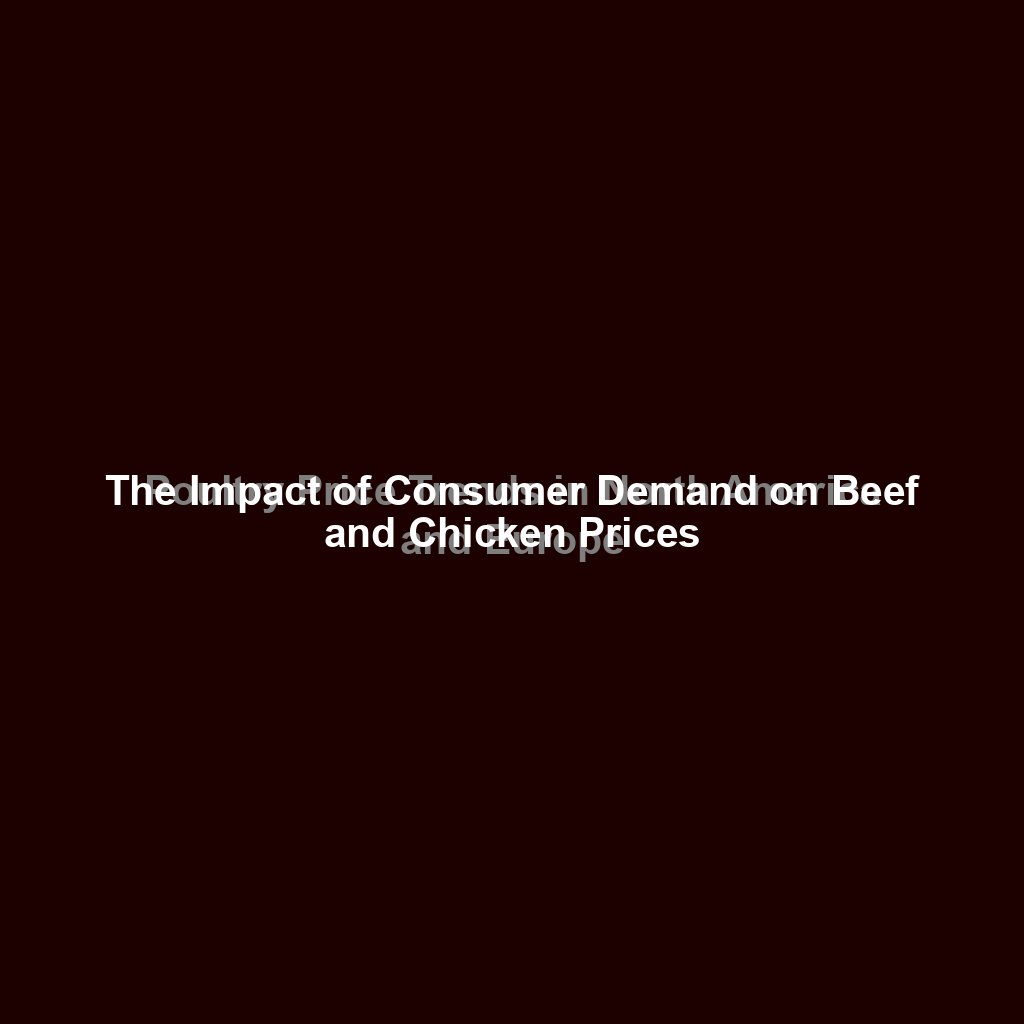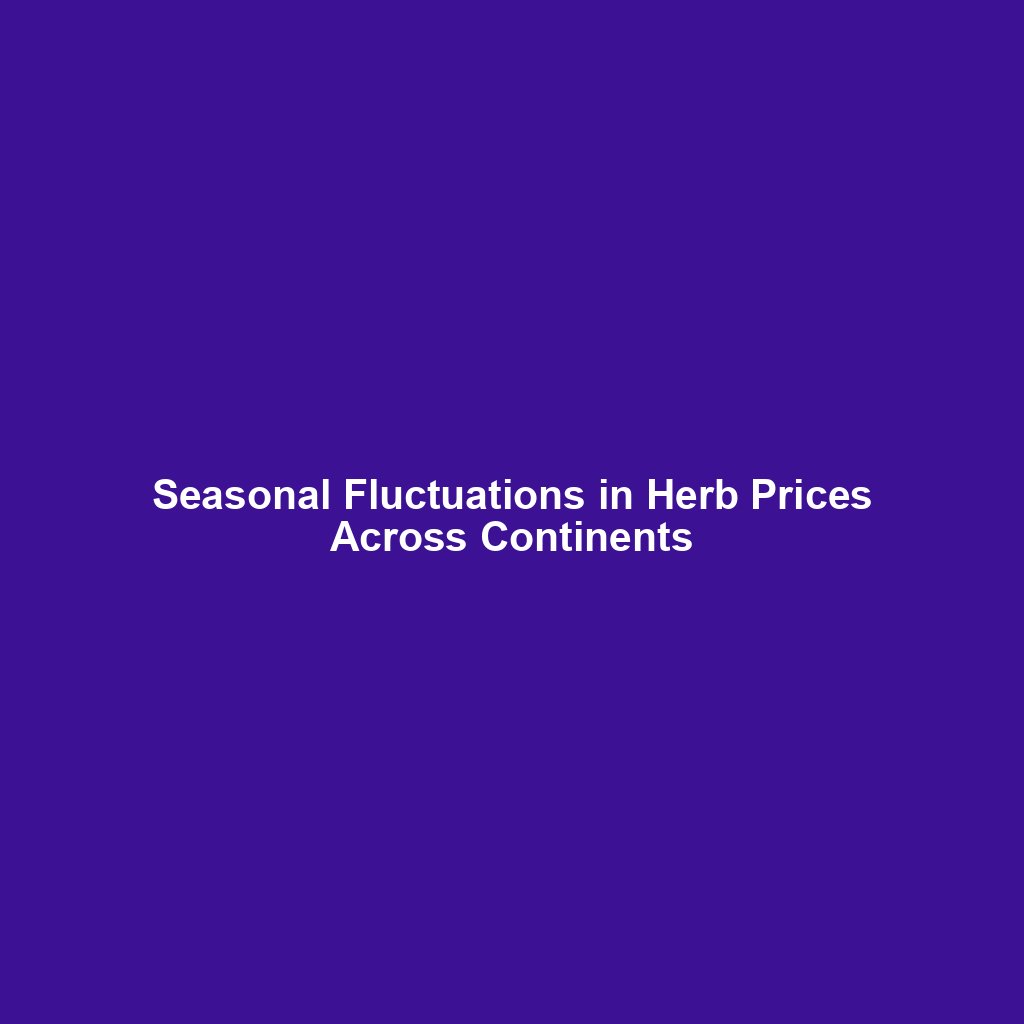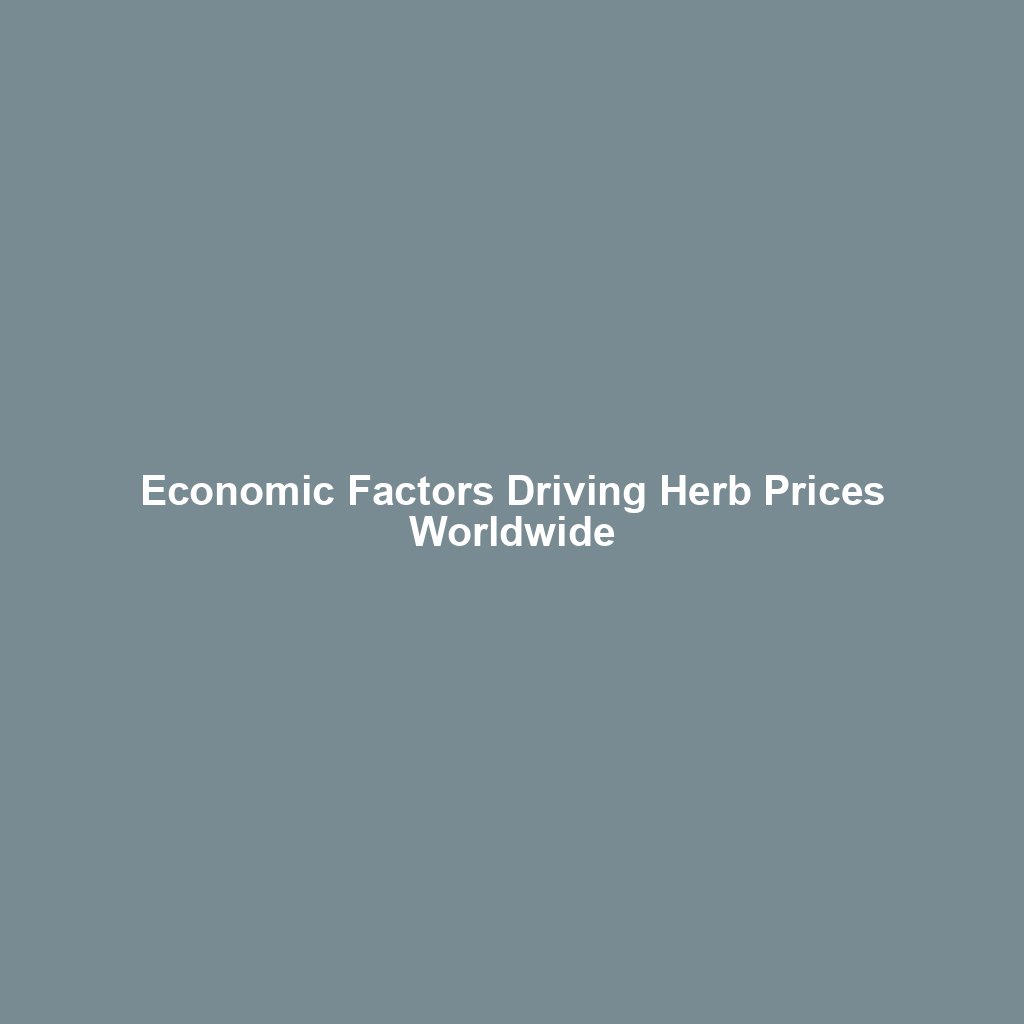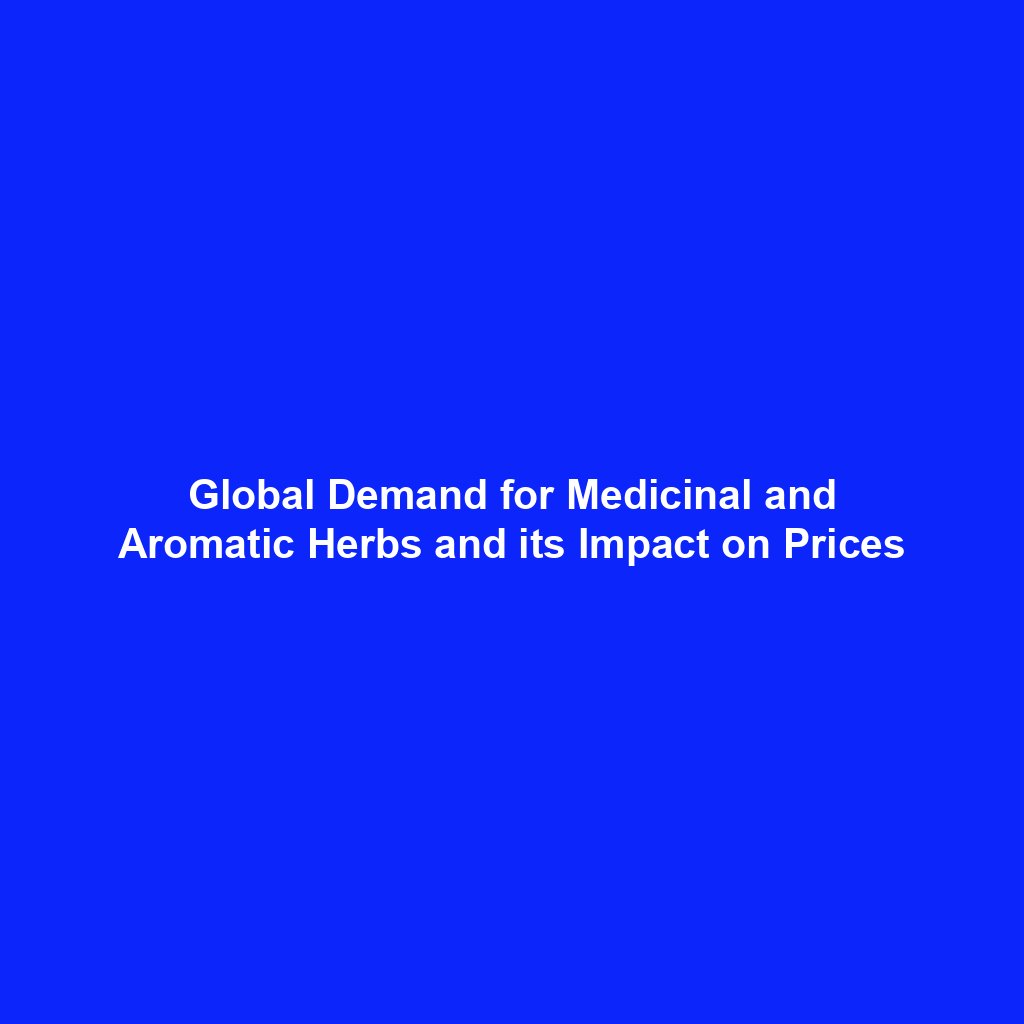
Introduction
Agriculture and agricultural price analysis are critical components of the global economy, influencing food security, trade policies, and the livelihoods of millions of people. This article delves into the intricacies of agriculture, focusing on the poultry industry, and provides a comprehensive analysis of poultry price trends in North America and Europe. By examining various factors that affect poultry prices, such as supply and demand dynamics, production costs, and market regulations, we aim to offer a nuanced understanding of this vital sector.
Chapter 1: The Poultry Industry in North America
Overview of the Poultry Industry
The poultry industry in North America, particularly in the United States and Canada, is a significant contributor to the agricultural economy. The industry encompasses the production of broilers (chickens raised for meat), layers (chickens raised for eggs), and turkeys. The United States is one of the largest producers and exporters of poultry meat globally, with a well-established infrastructure that includes breeding, hatching, feeding, and processing facilities.
Factors Influencing Poultry Prices
Several factors influence poultry prices in North America, including:
- Supply and Demand: The balance between supply and demand is a primary determinant of poultry prices. Factors such as population growth, dietary preferences, and economic conditions can affect demand, while production levels, disease outbreaks, and weather conditions can impact supply.
- Production Costs: The cost of feed, labor, energy, and other inputs directly affects the cost of poultry production. Fluctuations in feed prices, which are often linked to the prices of corn and soybeans, can significantly impact poultry prices.
- Market Regulations: Government policies, trade agreements, and import/export restrictions can influence poultry prices. For example, tariffs on imported poultry or subsidies for domestic producers can affect market dynamics.
- Technological Advancements: Innovations in breeding, feeding, and processing technologies can improve efficiency and reduce costs, thereby influencing prices.
Recent Trends in Poultry Prices
In recent years, poultry prices in North America have experienced fluctuations due to various factors. The COVID-19 pandemic, for instance, disrupted supply chains and affected both production and consumption patterns. Additionally, outbreaks of avian influenza have periodically impacted poultry supplies, leading to price volatility. Despite these challenges, the long-term trend has been one of increasing production and relatively stable prices, driven by advancements in production technologies and strong consumer demand.
Chapter 2: The Poultry Industry in Europe
Overview of the Poultry Industry
The poultry industry in Europe is diverse, with significant production in countries such as France, Germany, the United Kingdom, and the Netherlands. The European Union (EU) is a major player in the global poultry market, both as a producer and consumer. The industry in Europe is characterized by a mix of large-scale commercial operations and smaller, family-run farms.
Factors Influencing Poultry Prices
Similar to North America, several factors influence poultry prices in Europe:
- Supply and Demand: Consumer preferences, population trends, and economic conditions play a crucial role in determining demand for poultry products. On the supply side, production levels, disease outbreaks, and weather conditions are key factors.
- Production Costs: Feed costs, labor, energy, and other inputs are significant determinants of production costs. The EU’s Common Agricultural Policy (CAP) also influences production costs through subsidies and regulations.
- Market Regulations: The EU has stringent regulations regarding animal welfare, food safety, and environmental standards, which can impact production costs and prices. Trade policies, including tariffs and quotas, also play a role in shaping the market.
- Technological Advancements: Innovations in breeding, feeding, and processing technologies can enhance efficiency and reduce costs, thereby influencing prices.
Recent Trends in Poultry Prices
In recent years, poultry prices in Europe have been influenced by a range of factors. The COVID-19 pandemic led to disruptions in supply chains and changes in consumer behavior, affecting both production and prices. Additionally, outbreaks of avian influenza have periodically impacted poultry supplies, leading to price volatility. Despite these challenges, the long-term trend has been one of increasing production and relatively stable prices, driven by advancements in production technologies and strong consumer demand.
Comparative Analysis of Poultry Price Trends in North America and Europe
Similarities in Price Influences
Both North America and Europe share several common factors that influence poultry prices:
- Supply and Demand Dynamics: In both regions, the balance between supply and demand is a critical determinant of poultry prices. Factors such as population growth, dietary preferences, and economic conditions affect demand, while production levels, disease outbreaks, and weather conditions impact supply.
- Production Costs: The cost of feed, labor, energy, and other inputs directly affects the cost of poultry production in both regions. Fluctuations in feed prices, which are often linked to the prices of corn and soybeans, can significantly impact poultry prices.
- Technological Advancements: Innovations in breeding, feeding, and processing technologies can improve efficiency and reduce costs, thereby influencing prices in both regions.
Differences in Market Regulations
While there are similarities in the factors influencing poultry prices, there are also notable differences between North America and Europe, particularly in terms of market regulations:
- Animal Welfare and Food Safety Standards: The EU has stringent regulations regarding animal welfare, food safety, and environmental standards, which can impact production costs and prices. In contrast, regulations in North America, while robust, may differ in terms of specific requirements and enforcement.
- Trade Policies: Trade policies, including tariffs and quotas, play a significant role in shaping the poultry market in both regions. The EU’s Common Agricultural Policy (CAP) provides subsidies and support to domestic producers, while trade agreements and import/export restrictions can influence market dynamics in North America.
Impact of Global Events
Global events, such as the COVID-19 pandemic and outbreaks of avian influenza, have had a significant impact on poultry prices in both North America and Europe. These events have disrupted supply chains, affected production levels, and led to changes in consumer behavior, resulting in price volatility. However, the long-term trend in both regions has been one of increasing production and relatively stable prices, driven by advancements in production technologies and strong consumer demand.
Conclusion
The poultry industry is a vital component of the agricultural economy in both North America and Europe. While there are similarities in the factors influencing poultry prices, such as supply and demand dynamics, production costs, and technological advancements, there are also notable differences in market regulations and trade policies. By understanding these factors and their impact on poultry prices, stakeholders can make informed decisions and navigate the complexities of the global poultry market. As the industry continues to evolve, ongoing analysis and monitoring of price trends will be essential to ensure food security, economic stability, and the sustainability of the poultry sector.



